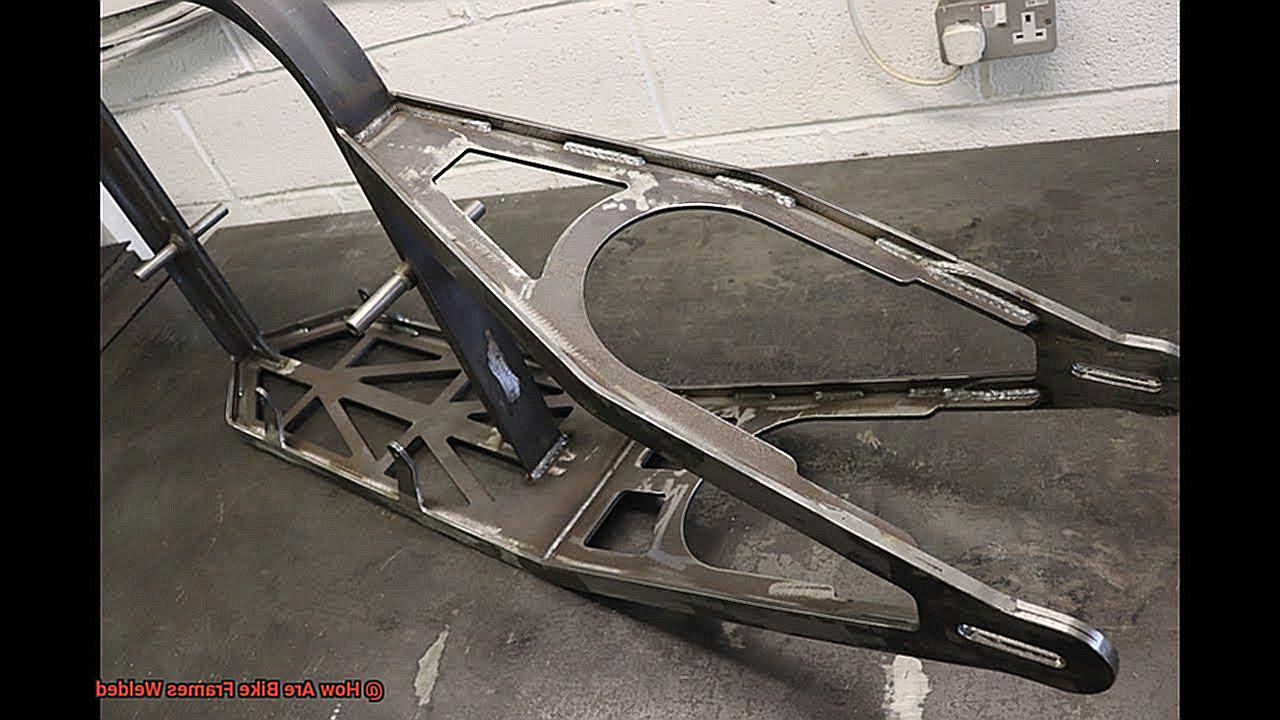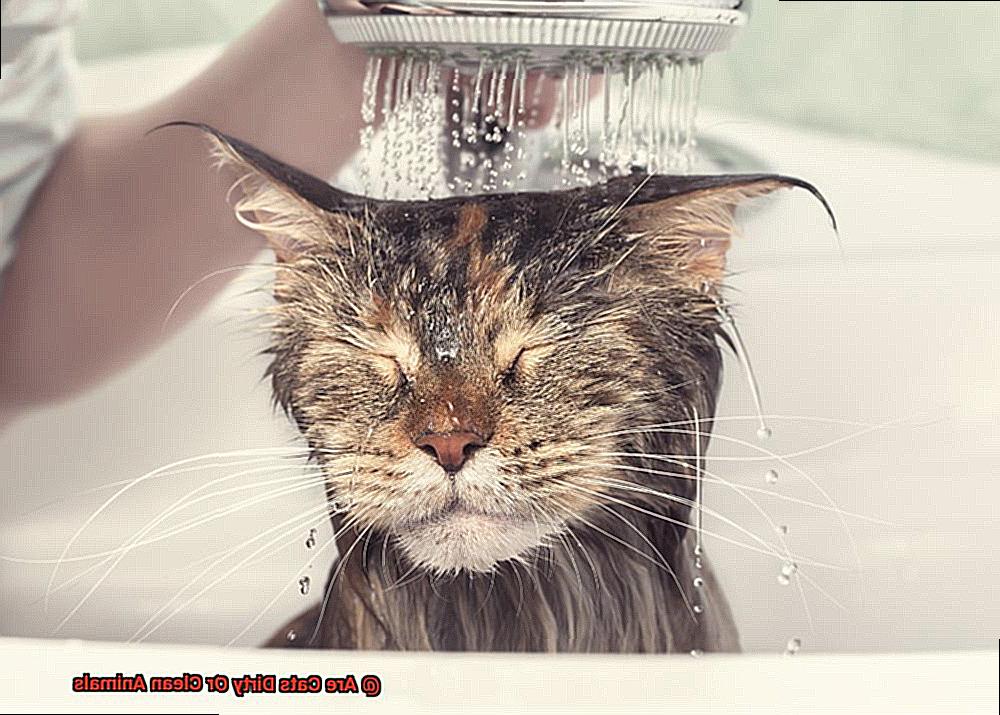Welcome to the world of welding, where molten metal meets skilled hands to create structures that stand the test of time.
As a welder, you’re always on the lookout for innovative techniques to elevate your craft and produce top-notch work. One such technique that has taken the welding world by storm is mig welder pulsing.
This advanced method involves alternating between high and low currents during the welding process, resulting in a more precise and controlled weld. But what exactly is mig welder pulsing?
How does it work? And why should you consider adding it to your repertoire?
So, grab your safety gear and let’s explore the world of mig welder pulsing.
Mig Welder Pulsing?
Contents
Look no further than the revolutionary technique of pulsing MIG welding. This advanced method is a game-changer for low-level welding projects, offering a plethora of benefits that traditional MIG welding simply cannot match.
But before delving into the intricacies of pulsing MIG welding, let us first grasp the concept itself. This technique involves alternating the welding current between high and low levels at a specific frequency. This creates a pulsating effect on the weld pool, resulting in a more controlled and precise weld. And the advantages of this technique are nothing short of astonishing.
One of the primary benefits of pulsing MIG welding is its ability to reduce heat input. With traditional MIG welding, the constant flow of high current can generate excessive heat, leading to warping or distortion of thin or delicate materials. In contrast, pulsing MIG welding allows for intervals of low current that effectively cool down the metal, thereby minimizing overall heat input and reducing the risk of distortion.
Furthermore, another significant advantage of pulsing MIG welding is its ability to reduce spatter. The pulsing technique creates a more stable arc, resulting in cleaner and smoother welds. Not only does this make clean-up easier, but it also enhances the overall appearance of the weld.
But wait – there’s more. Pulsing MIG welding also elevates weld quality. By regulating the amount of heat input into the metal, this technique guarantees a robust and consistent weld without any weak spots. This makes it an ideal choice for critical or high-stress components that demand precise and dependable welding.
Moreover, pulsing MIG welding is also highly versatile, making it a popular choice among industries that work with various types of metals. Whether it’s stainless steel, aluminum, or carbon steel, this technique can be applied to a wide range of materials, making it a valuable skill for any welder.
The Advantages of Mig Welder Pulsing
Just imagine being able to weld thinner materials without the fear of warping or distortion. This is made possible by the rapid pulsing of the electrical current, which allows for shorter bursts of heat and therefore reduces overall heat applied to the metal. This not only prevents overheating but also minimizes spatter, resulting in a cleaner and more efficient weld.
But that’s not all, my friends. Pulsing also provides enhanced control over the weld pool. The controlled heat input creates a stable arc, enabling precise manipulation and control of the weld pool. This is especially beneficial when working with delicate materials as it prevents burn-through and allows for a more precise weld bead.
Moreover, pulsing not only benefits the welding process but also the welder. By reducing heat input, it can prevent operator fatigue and discomfort during long welding sessions. Say goodbye to sweating buckets and risking long-term health issues due to excessive heat exposure. With pulsing, you can weld comfortably and safely for longer periods.
Let’s also not forget about the aesthetic appeal of pulsing. The controlled heat input results in a cleaner and smoother weld bead with minimal spatter. This is particularly advantageous for visible welds such as on decorative or structural pieces. Say farewell to post-weld cleanup and greet a more efficient and visually appealing welding process.
In conclusion, mig welding pulsing is a game-changer for both the welding process and the welder’s well-being. From reducing heat input and improving control to creating a cleaner and more aesthetically pleasing weld, pulsing offers numerous benefits that every welder should take advantage of. So why wait?
Reducing Heat Input with Mig Welder Pulsing
As an experienced welder, you understand the significance of managing heat input while using the MIG welding technique. Excess heat can cause distortion and warping, ultimately resulting in weak and unattractive welds. However, did you know that there is a method to decrease heat input while simultaneously improving the quality and appearance of your welds? It’s called mig welder pulsing.
Pulsing involves alternating between high and low current levels during welding, made possible by a special feature in MIG welders known as pulsed MIG mode. This allows the power source to deliver high-current pulses for melting the metal and low-current pulses for cooling and solidification. But how exactly does this assist in reducing heat input?
The high-current pulses provide sufficient heat to create a sturdy weld, while the low-current pulses allow for cooling and solidification, preventing any distortion or warping of the base metal. This not only results in more precise and consistent welds but also safeguards the metal from potential damage.
But that’s not all. Pulsing also enables better control over the weld pool. The high-current pulses penetrate deeply into the base metal, while the low-current pulses aid in controlling the size and shape of the weld pool. This makes it effortless to produce clean and precise welds, even on thin or delicate materials.
In addition to enhancing control and reducing heat input, pulsing also elevates the quality and appearance of the weld. The rapid on-off cycle creates a ripple-like pattern on the weld, evenly distributing heat and preventing the formation of a large heat-affected zone. As a result, you get a smooth, uniform, and visually appealing weld.
Moreover, pulsing reduces spatter, simplifying the process of cleaning and finishing the weld. Traditional welding techniques require meticulous adjustments of voltage and wire feed speed to manage heat input, which can be time-consuming and requires a skilled welder.

Improving Weld Quality with Mig Welder Pulsing
As a welder, one knows that attaining top-notch welds is no simple task. It demands expertise, experience, and proper equipment. However, what if I were to tell you that there exists a technique that can make your job easier and your welds better? Allow me to introduce you to mig welder pulsing.
Pulse MIG welding, also referred to as pulse spray arc welding, has gained immense popularity among welders for its ability to produce superior welds with minimal effort. But what exactly is mig welder pulsing, and how does it enhance weld quality?
In basic terms, mig welder pulsing utilizes a pulsed electric current to meld metal together. This means that the current is turned on and off rapidly, providing more control over the welding process. And with this control comes a myriad of benefits.
First and foremost, pulsing reduces heat input compared to traditional MIG welding techniques. This not only helps prevent distortion and burn-through but also enables welding on thinner materials without compromising strength.
But that’s not all. Pulsing also offers greater arc control, resulting in cleaner and more precise welds. With less spatter and porosity, one can bid farewell to the tedious task of grinding down splatter and filling in holes caused by porosity.
And for those who are new to the world of welding, mig welder pulsing provides good directional control over the weld puddle. This means having better command over where the metal is being fused together, making it easier to achieve full penetration without cold lapping.
However, one of the most significant advantages of mig welder pulsing is its ability to create flawless ripples on welds. By alternating between high and low current levels, this technique creates a dance between power and finesse that results in visually stunning welds.
Versatility of Mig Welder Pulsing
The world of welding has been revolutionized by the advent of pulsed MIG welding. This technique has gained popularity among both seasoned welders and beginners due to its precision and control in welding metals.
But what sets pulsed MIG welding apart and makes it so versatile? Let’s delve into the intricacies.
- Lower heat input: Pulsed MIG welding operates at a lower average current compared to traditional methods, resulting in minimal heat input. This is particularly beneficial when working with delicate or thin materials, as it reduces the risk of distortion, burn-through, and warping.
- Greater arc control: The pulsating current of pulsed MIG welding allows for better control over the welding arc, resulting in a smaller and more concentrated heat source. This not only reduces spatter and porosity but also provides deeper penetration for stronger welds.
- Cleaner welds: Pulsed MIG welding produces cleaner welds with minimal spatter and porosity. This not only saves time and effort in clean-up but also yields more aesthetically pleasing results.
- Improved directional control: One of the key advantages of pulsed MIG welding is its directional control over the weld puddle. This makes it easier for beginners to create smooth and even ripples without the risk of cold lapping or incomplete fusion.
- Full penetration: Unlike traditional methods that often require multiple passes to achieve full penetration, pulsed MIG welding ensures complete penetration in one go. This translates to significant time and energy savings.
- No spatter or cold lapping: Spatter and cold lapping are common issues with traditional welding methods that can weaken the weld. Pulsed MIG welding eliminates these problems, making it a reliable and efficient method for creating strong and durable welds.
In conclusion, the versatility of pulsed MIG welding lies in its greater control, reduced heat input, improved directional control, and ability to eliminate common issues such as spatter and cold lapping.
Limitations of Mig Welder Pulsing
The realm of welding has been transformed by the revolutionary technique of pulsed MIG welding, granting welders greater control and precision in their craft. However, like any other welding method, it too possesses certain limitations that must be acknowledged. In this blog post, we shall delve into the potential constraints of mig welder pulsing and how to navigate them effectively.
One of the primary limitations of mig welder pulsing is the looming danger of overheating. Pulsing involves swift oscillation between high and low current levels, generating excessive heat in the welding area. This can result in a weaker weld with inadequate penetration and may even cause distortion or warping of the metal being welded. To combat this, meticulous adjustment of pulsing parameters and implementation of proper techniques to regulate heat input is crucial.
Another limitation to consider is the possibility of cold lap or lack of fusion. This transpires when there is insufficient heat generated during the low pulse stage to fuse the metal properly, leading to an incomplete weld. Thus, finding the right balance between high and low pulse settings is imperative to avoid this phenomenon.
Pulsed MIG welding also heightens the risk of weld porosity, which refers to minuscule air pockets or voids within the weld. This can compromise the strength of the weld and leave it vulnerable to cracking. By ensuring consistent settings and proper shielding gas flow, this limitation can be prevented.
Furthermore, pulsing may not be suitable for certain types of metal, such as aluminum, due to its elevated thermal conductivity. In such cases, specialized techniques and adjustments may be necessary to overcome this limitation.
In conclusion, while pulsed MIG welding offers numerous advantages, it is essential to acknowledge and manage its limitations diligently. By comprehending these constraints and employing appropriate techniques and adjustments, one can achieve impeccable and robust welds through pulsing.
Specialized Equipment and Settings for Mig Welder Pulsing
The world of welding has been revolutionized by the advent of pulsed MIG welding, an advanced technique that offers precision and control. However, even the most skilled welders can struggle when it comes to finding the perfect settings for their machines. In this comprehensive guide, we will delve into the intricacies of specialized equipment and settings for MIG welder pulsing.
First and foremost, it’s important to understand that simply investing in the most expensive MIG welding machine does not guarantee flawless results. No matter how advanced the technology, having a solid understanding of the basics of MIG welding settings is crucial for diagnosing issues and achieving optimal weld quality.
One of the key factors to consider when setting up a MIG welder is the type and thickness of the material being used. While mild steel is commonly used in hobbyist welding, experienced welders may work with aluminum or stainless steel. Each material requires different settings due to its unique properties and melting temperatures.
For instance, when working with mild steel, it is generally recommended to set amperage based on material thickness. However, adjustments must be made for other materials. For example, stainless steel requires lower voltage and higher wire speed due to its higher resistance to heat.
Shielding gas is another critical component in MIG welding settings. It plays a crucial role in protecting welds from defects and ensuring clean results. The type of shielding gas used should match the material being welded. For example, pure argon gas is ideal for aluminum welding, while a mixture of argon and carbon dioxide works best for mild steel.
In addition to proper settings and equipment, proper preparation is vital in achieving strong and clean welds. This includes thoroughly cleaning surfaces from any dirt or debris that could affect the quality of the weld. Furthermore, ensuring proper fit-up and joint preparation is crucial for achieving optimal results.
When it comes to voltage and wire speed settings, there is no one-size-fits-all solution.
Conclusion
In conclusion, mig welder pulsing is a game-changing technique that provides a multitude of advantages for welders at any skill level.
Its ability to deliver precise and controlled welding, minimize heat input, and produce cleaner and stronger welds makes it a highly sought-after method in the welding industry. However, as with any welding technique, it also has its limitations and requires specialized equipment and settings for optimal performance.
By mastering the complexities of pulsing and carefully managing its constraints, one can elevate their craft and create exceptional work that stands the test of time.





